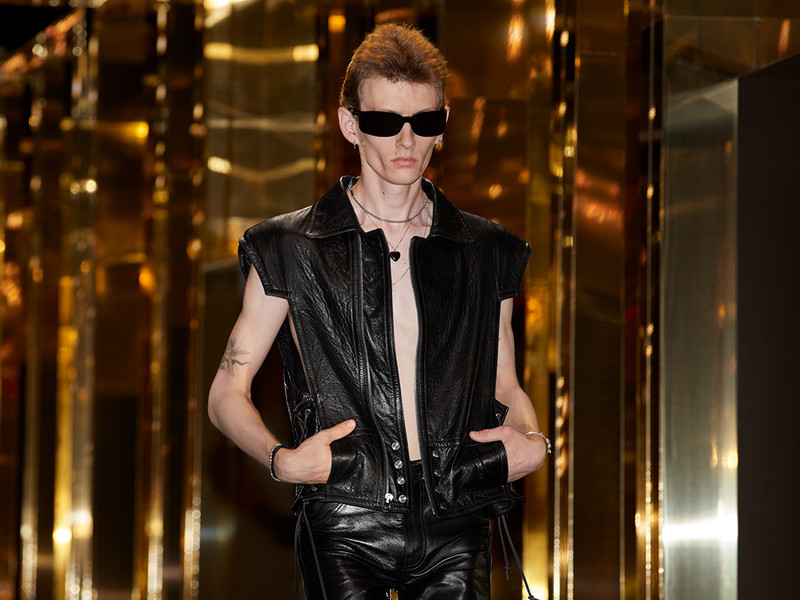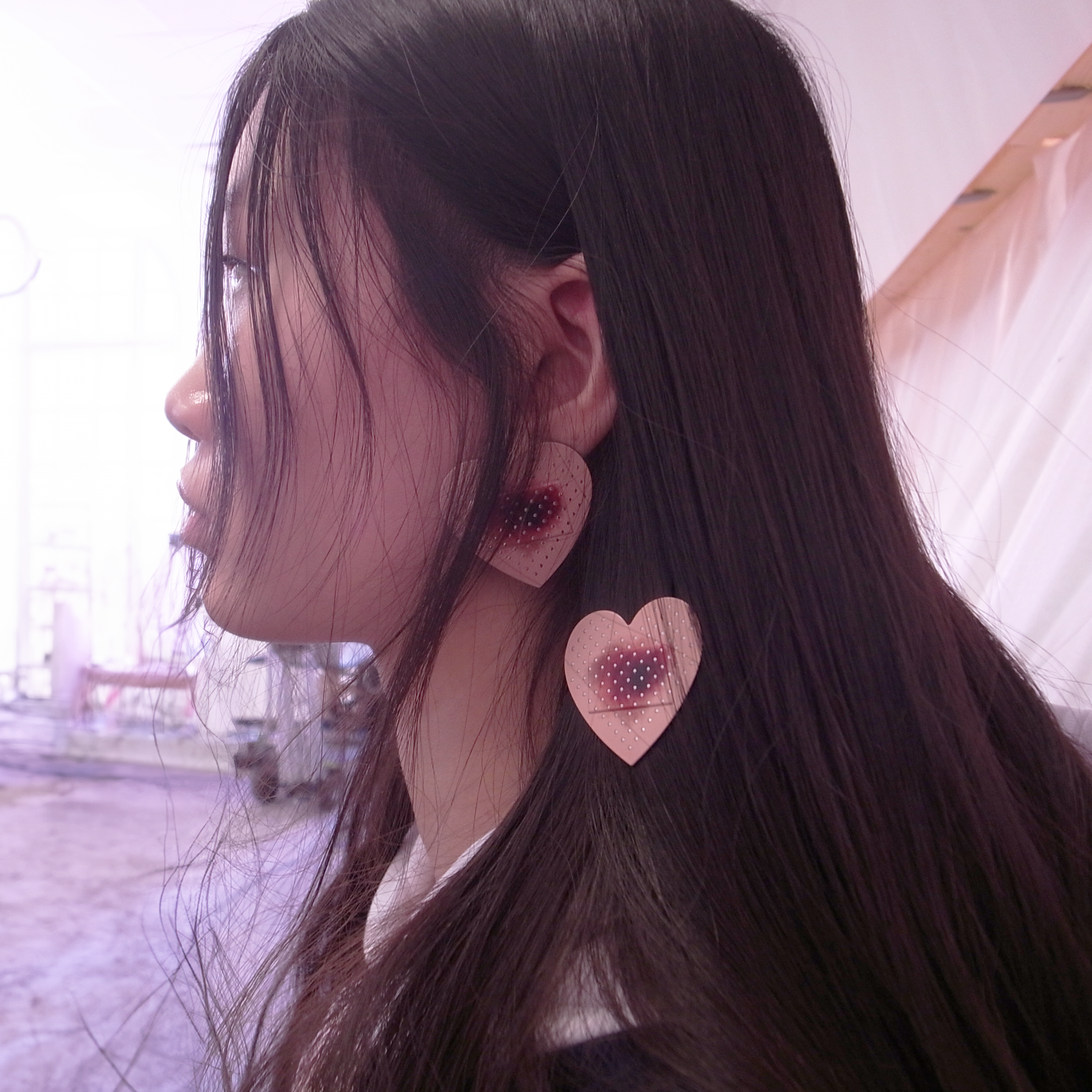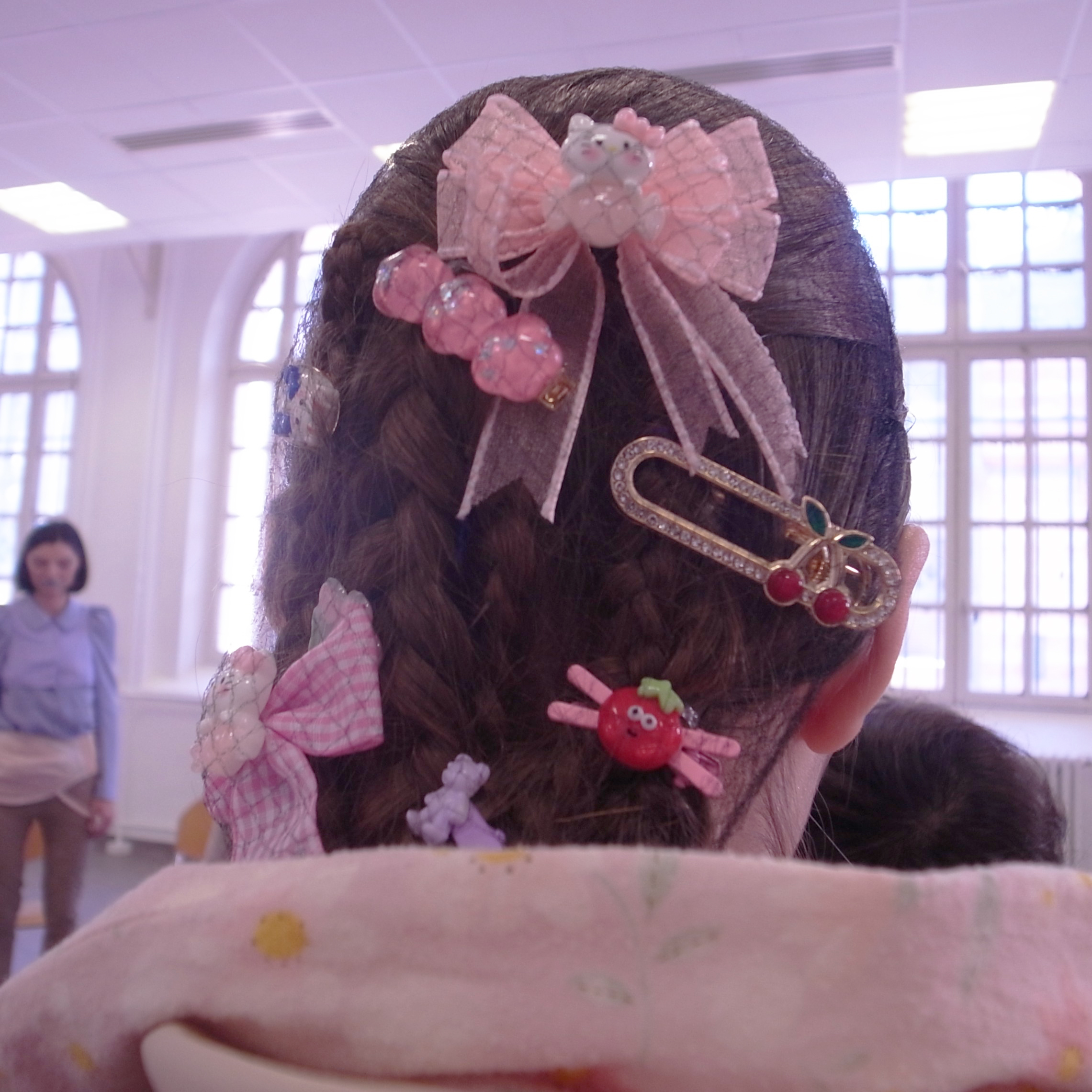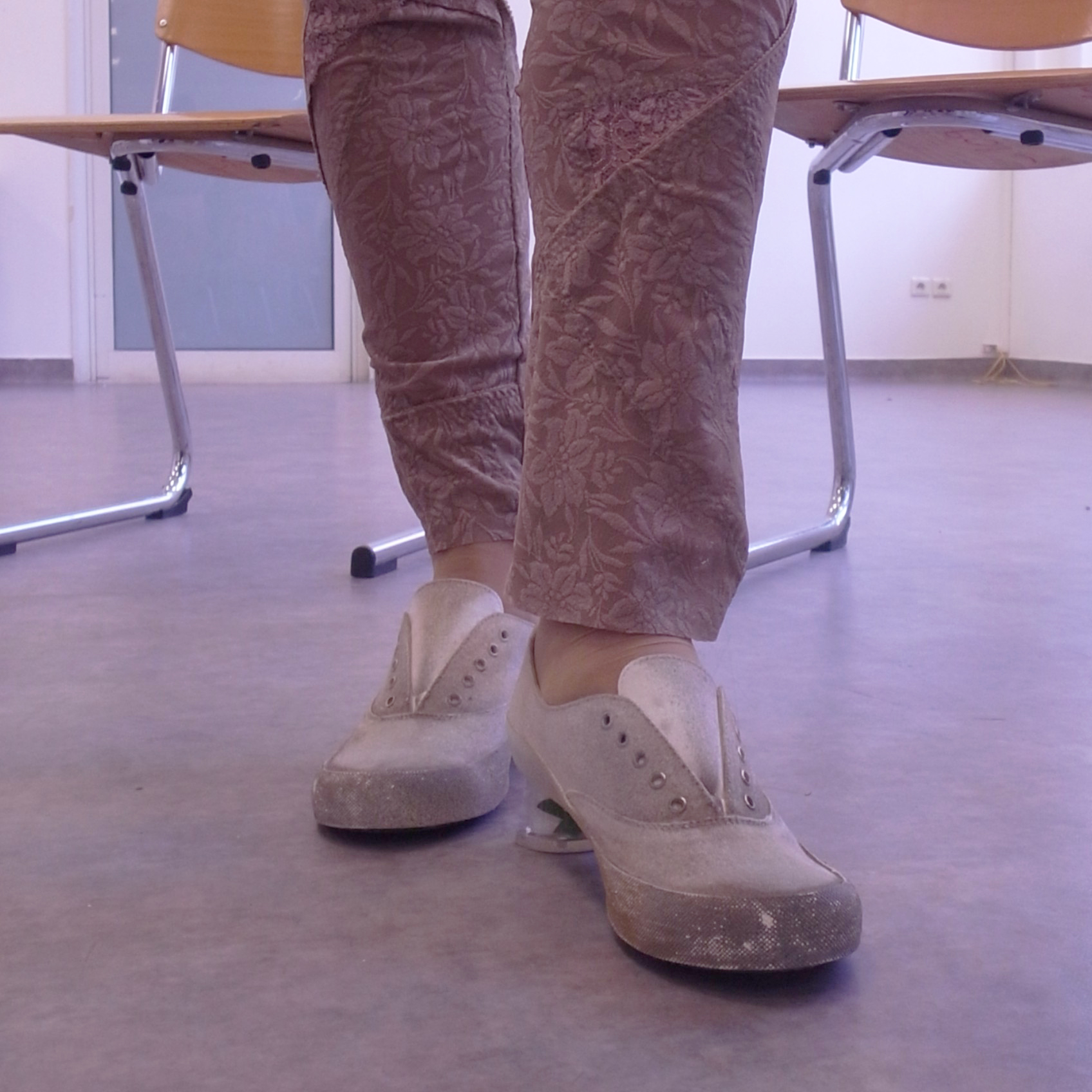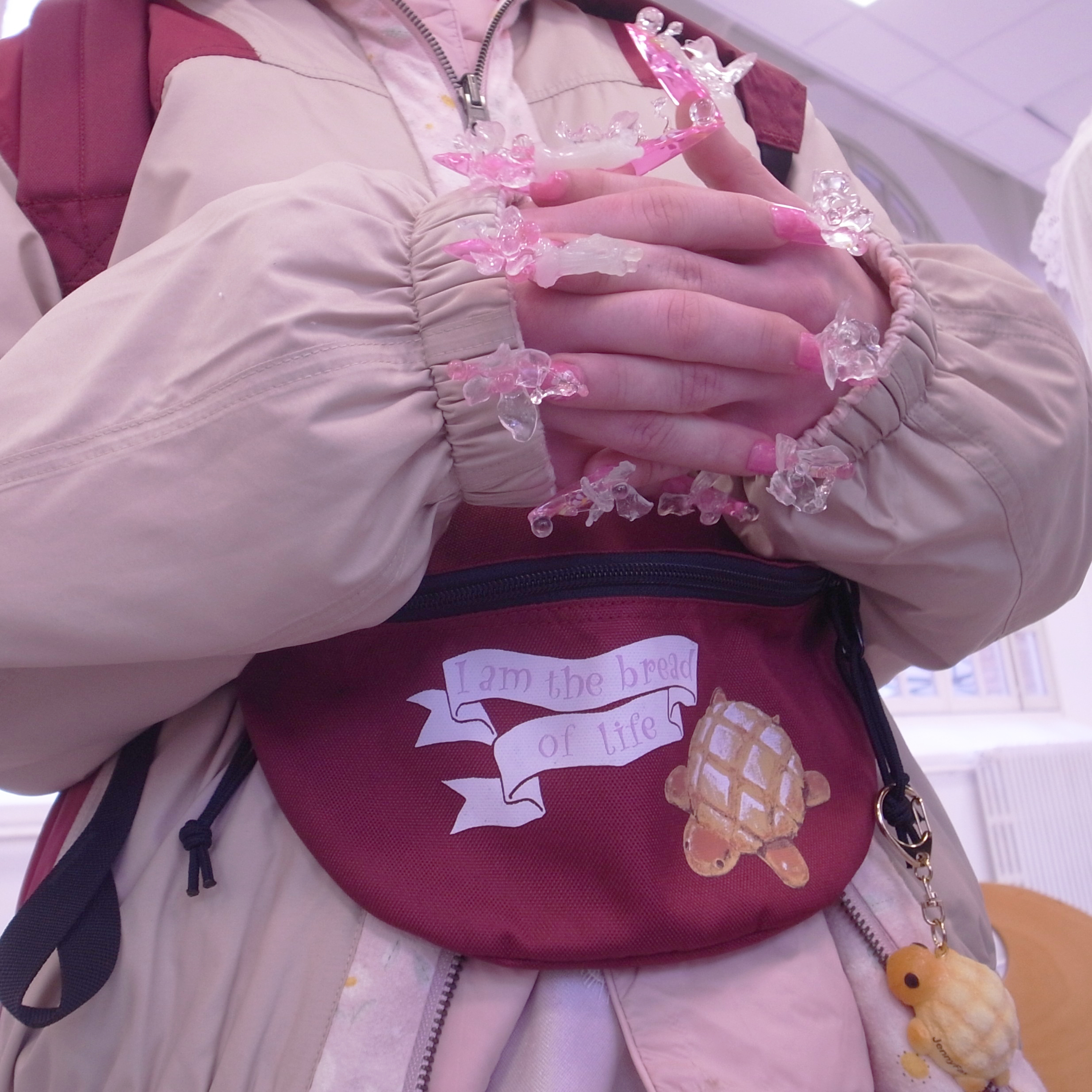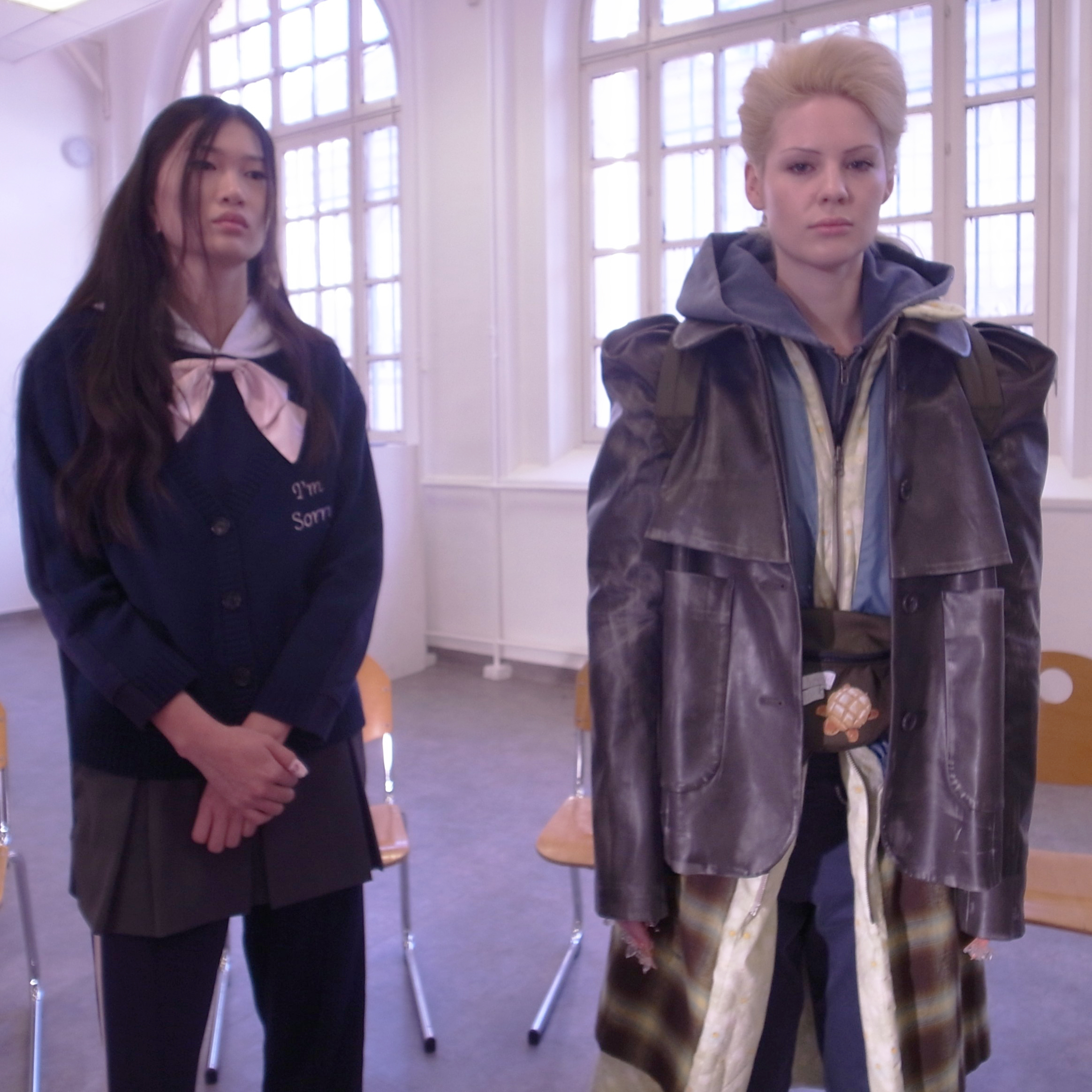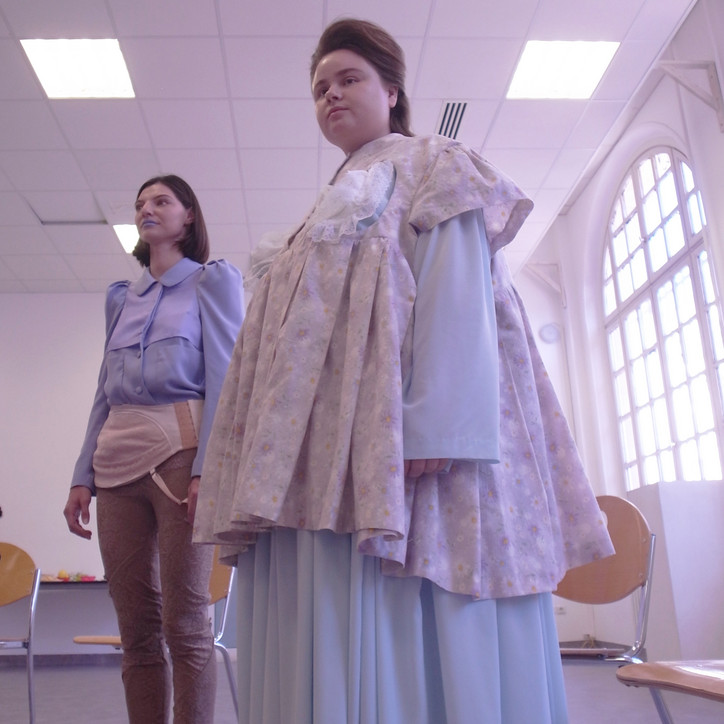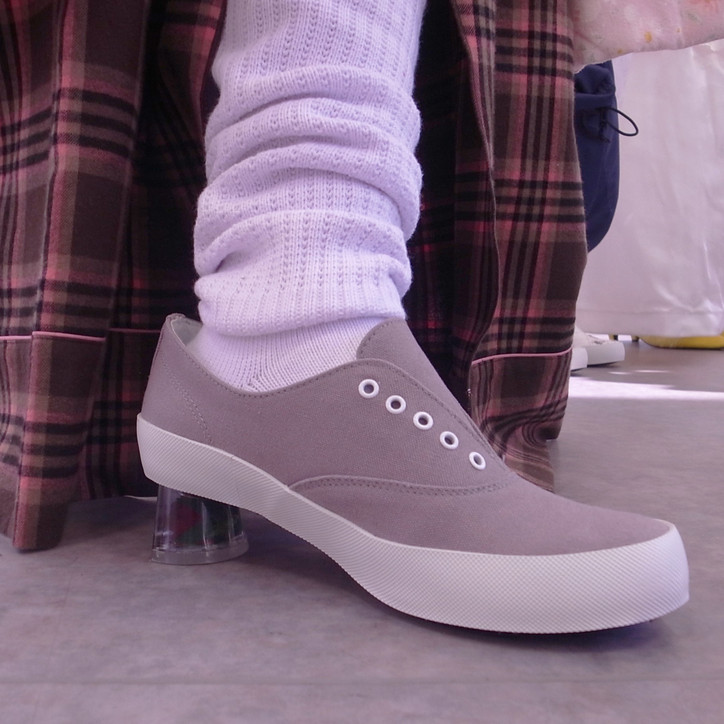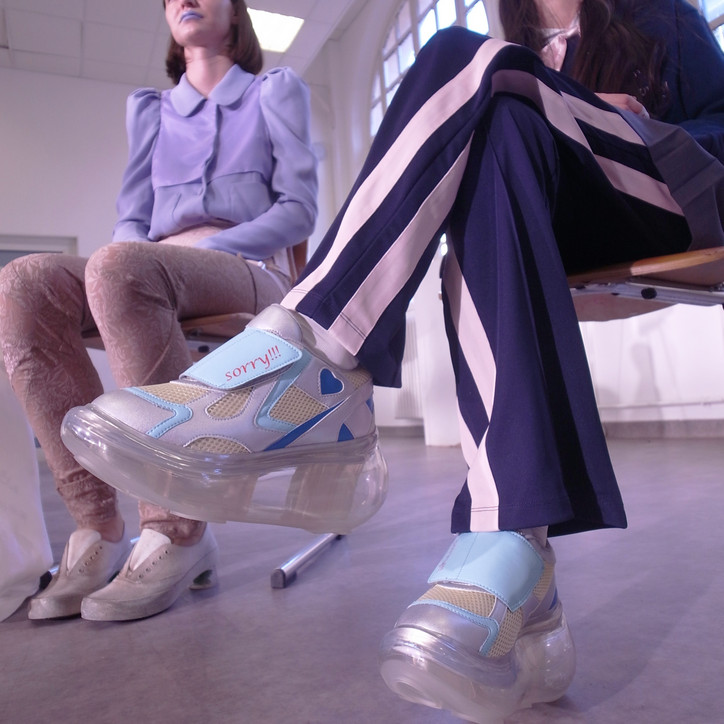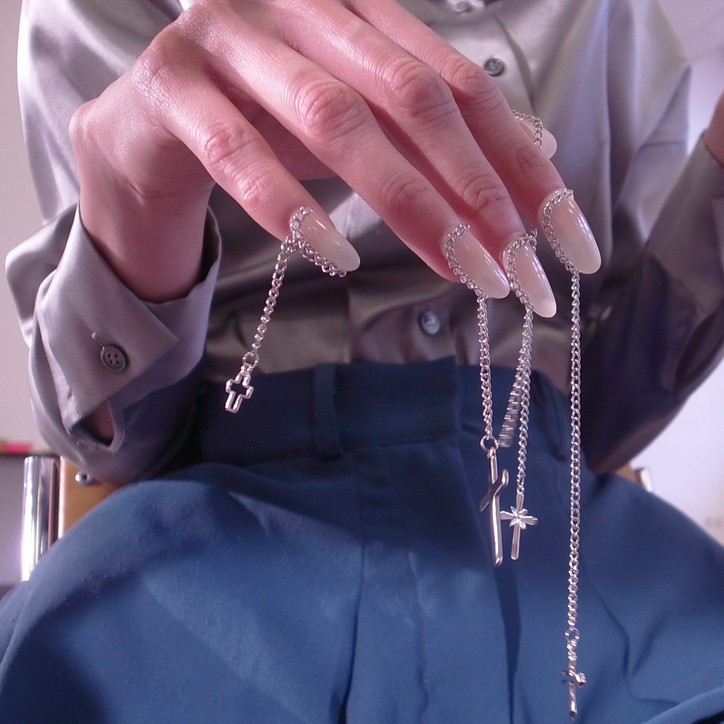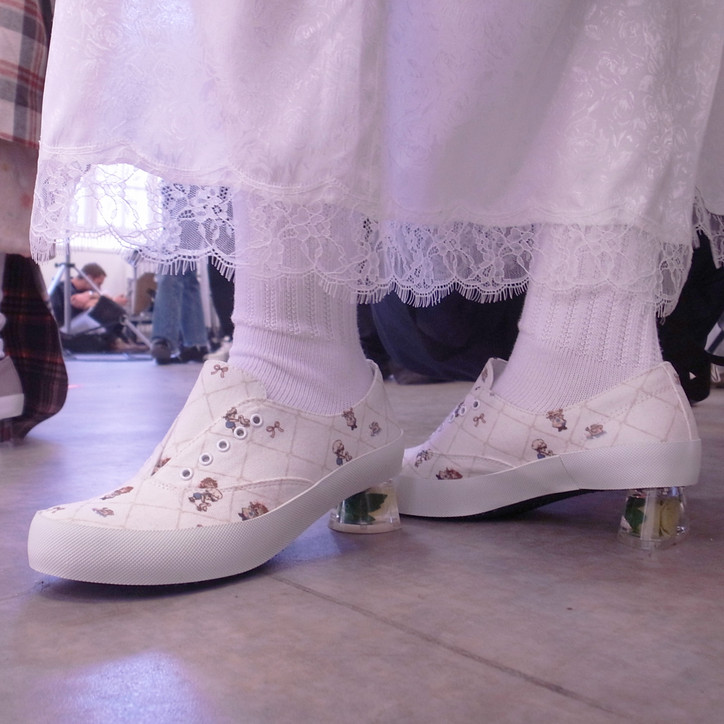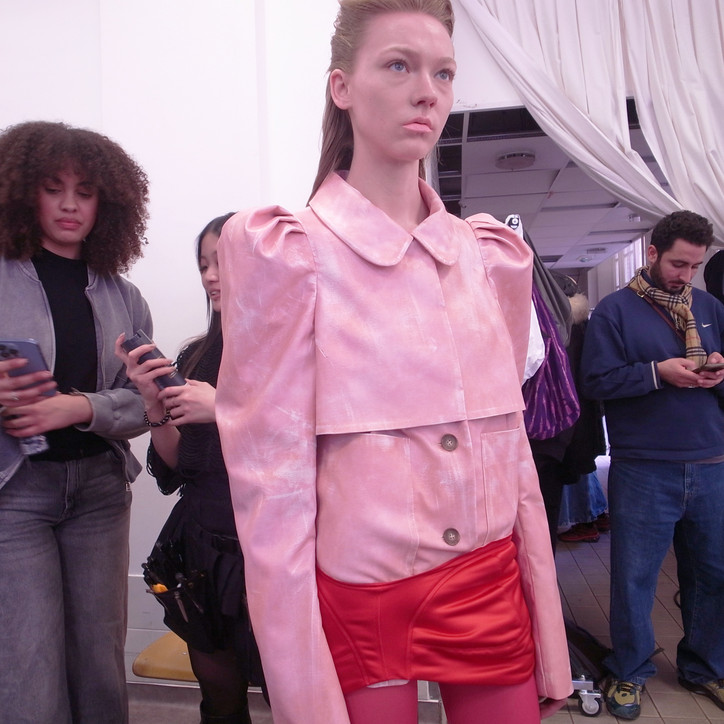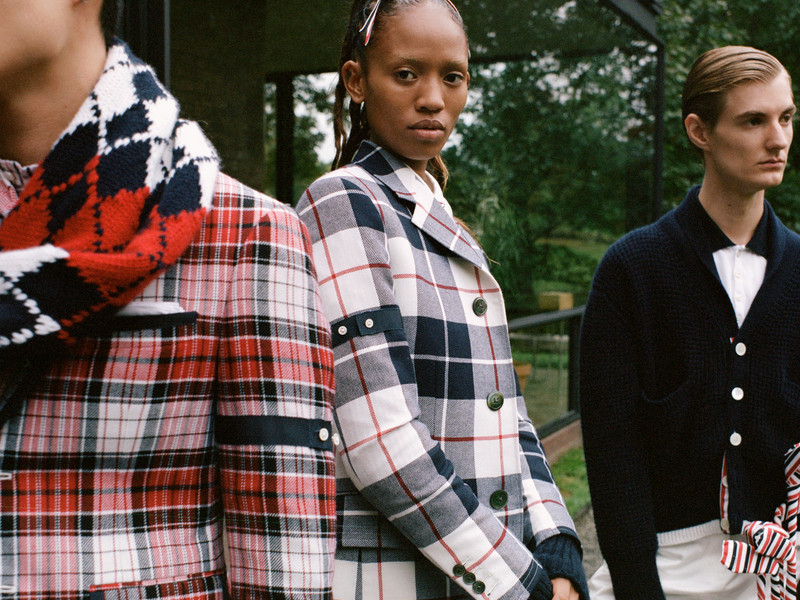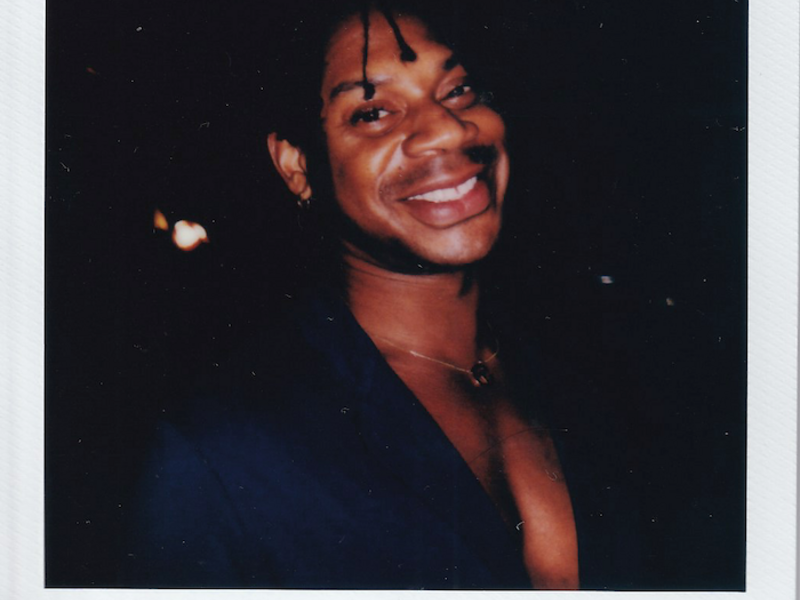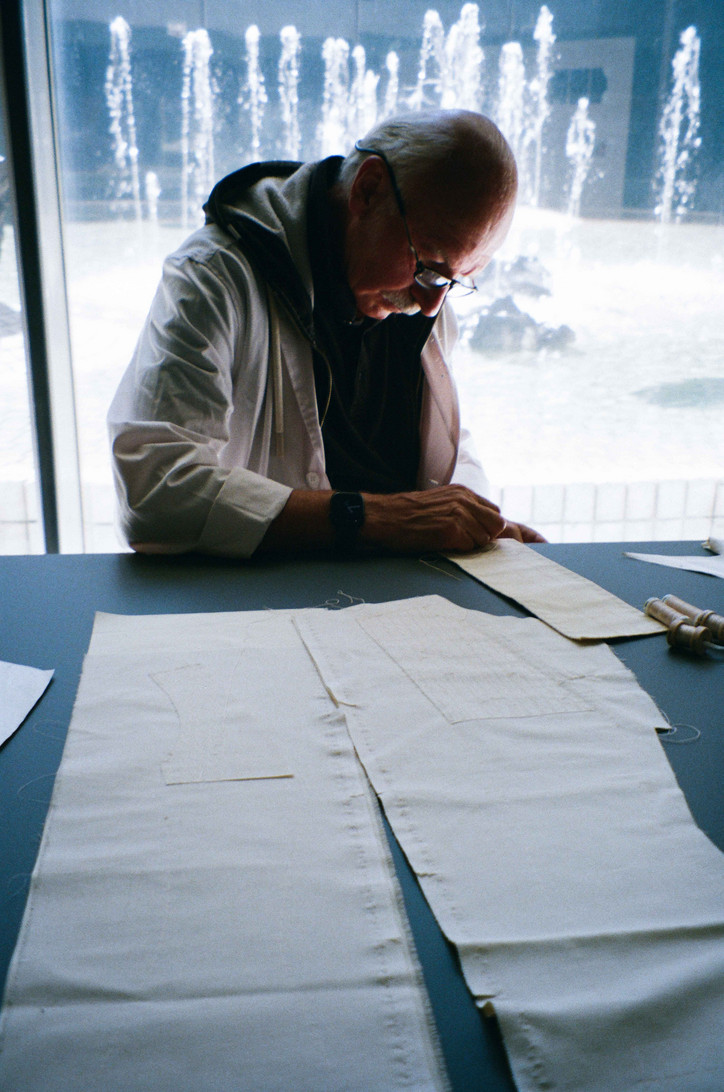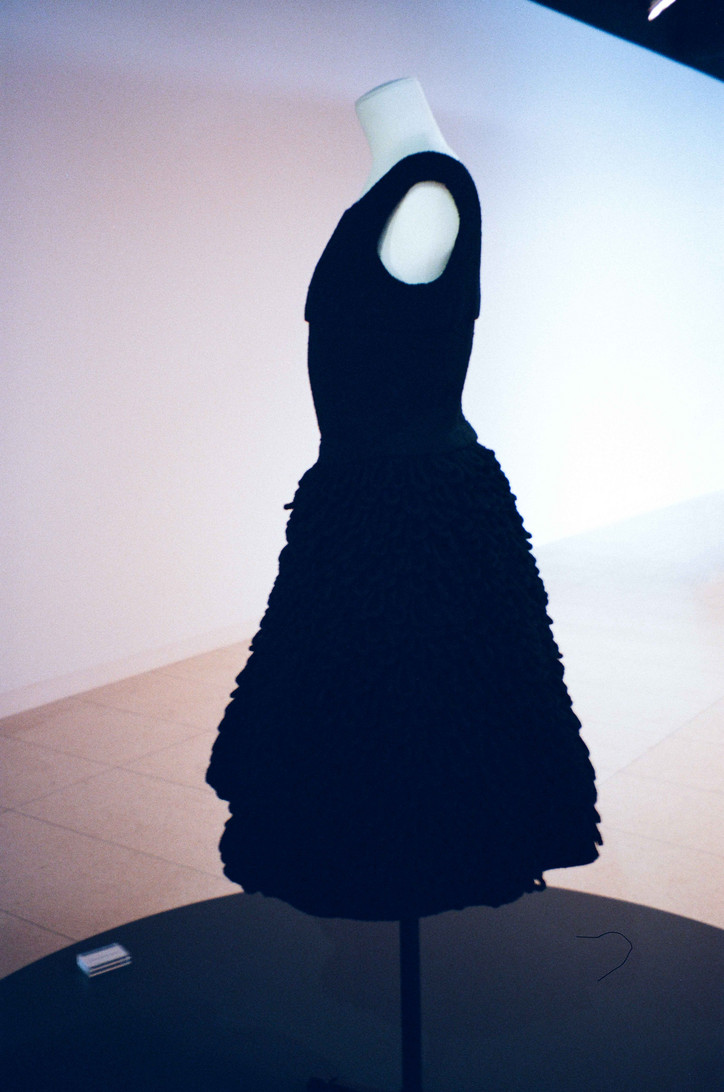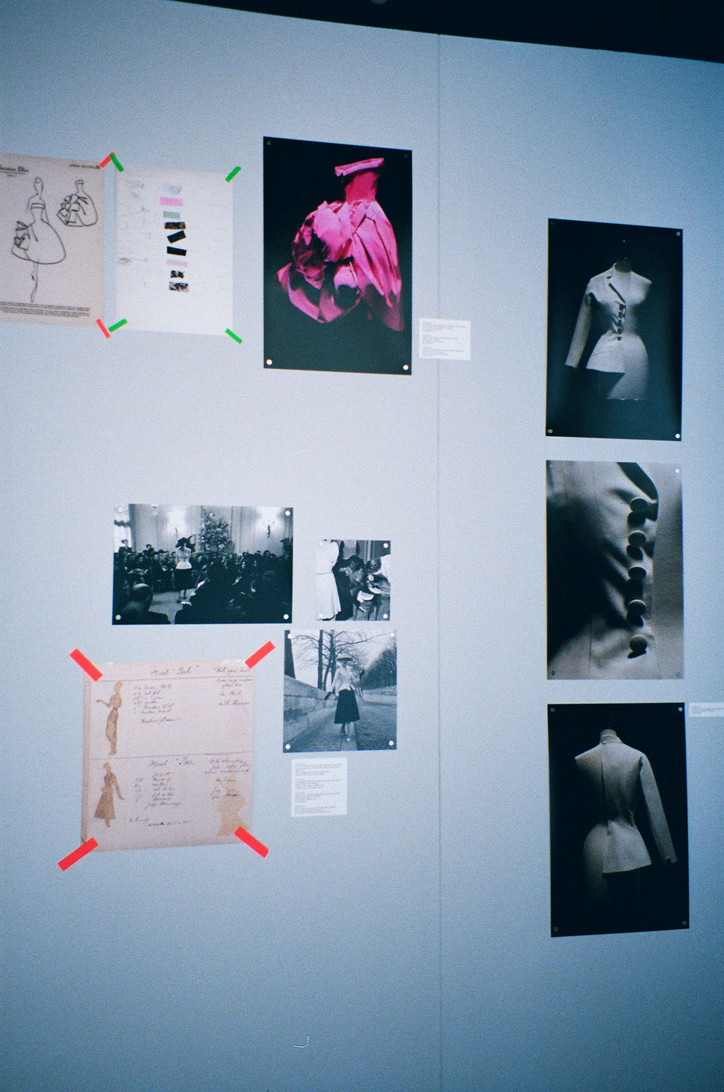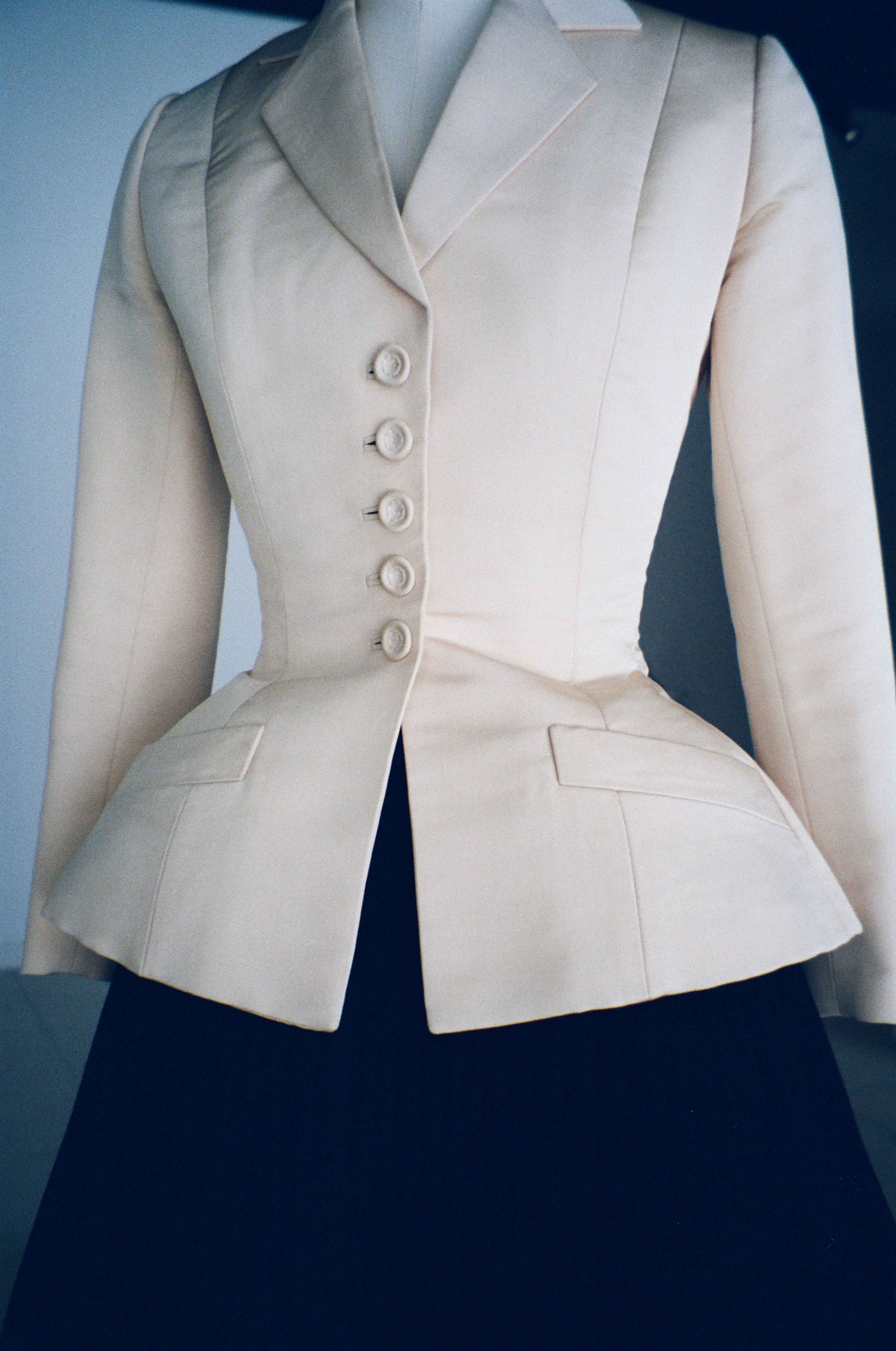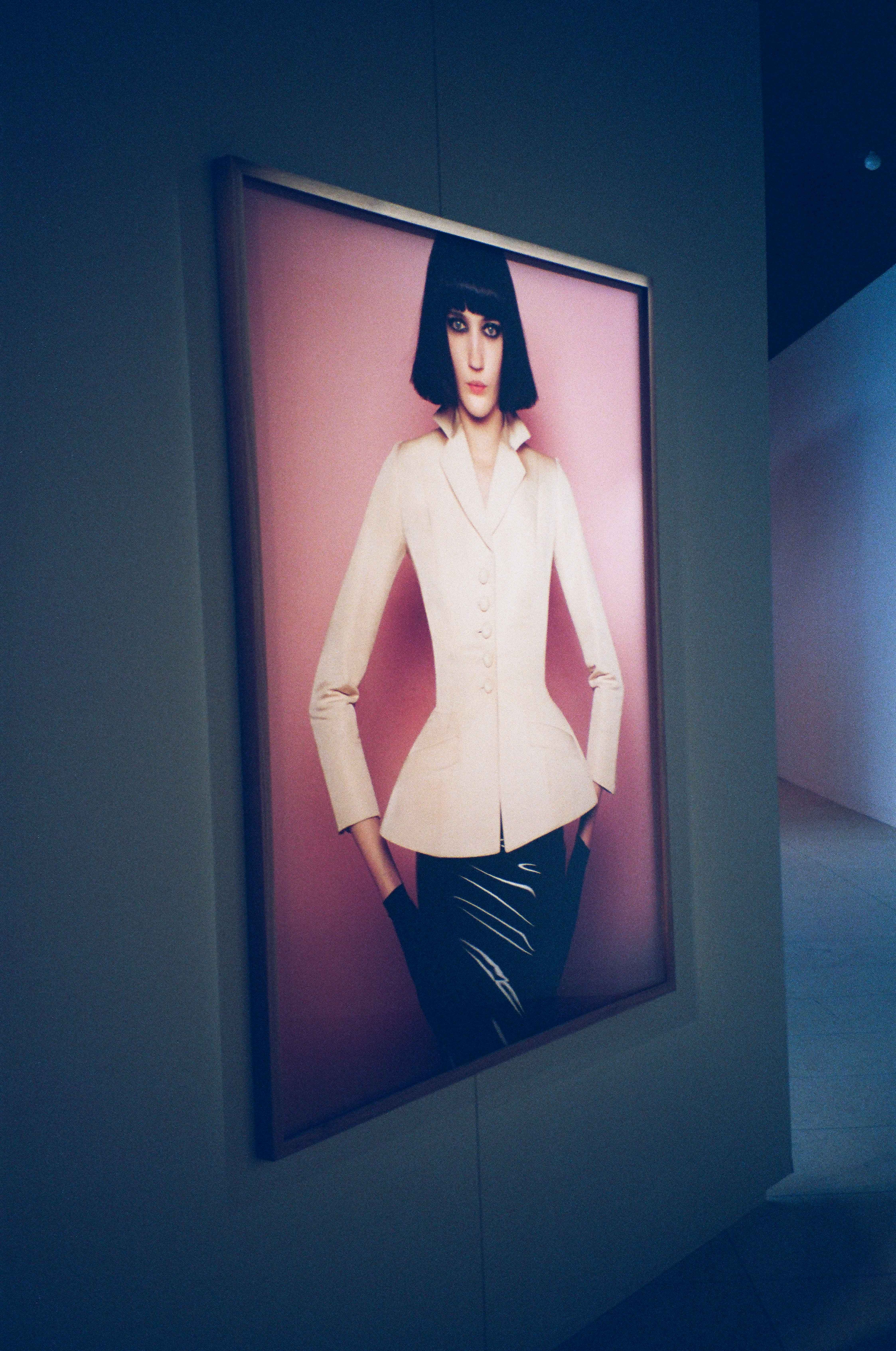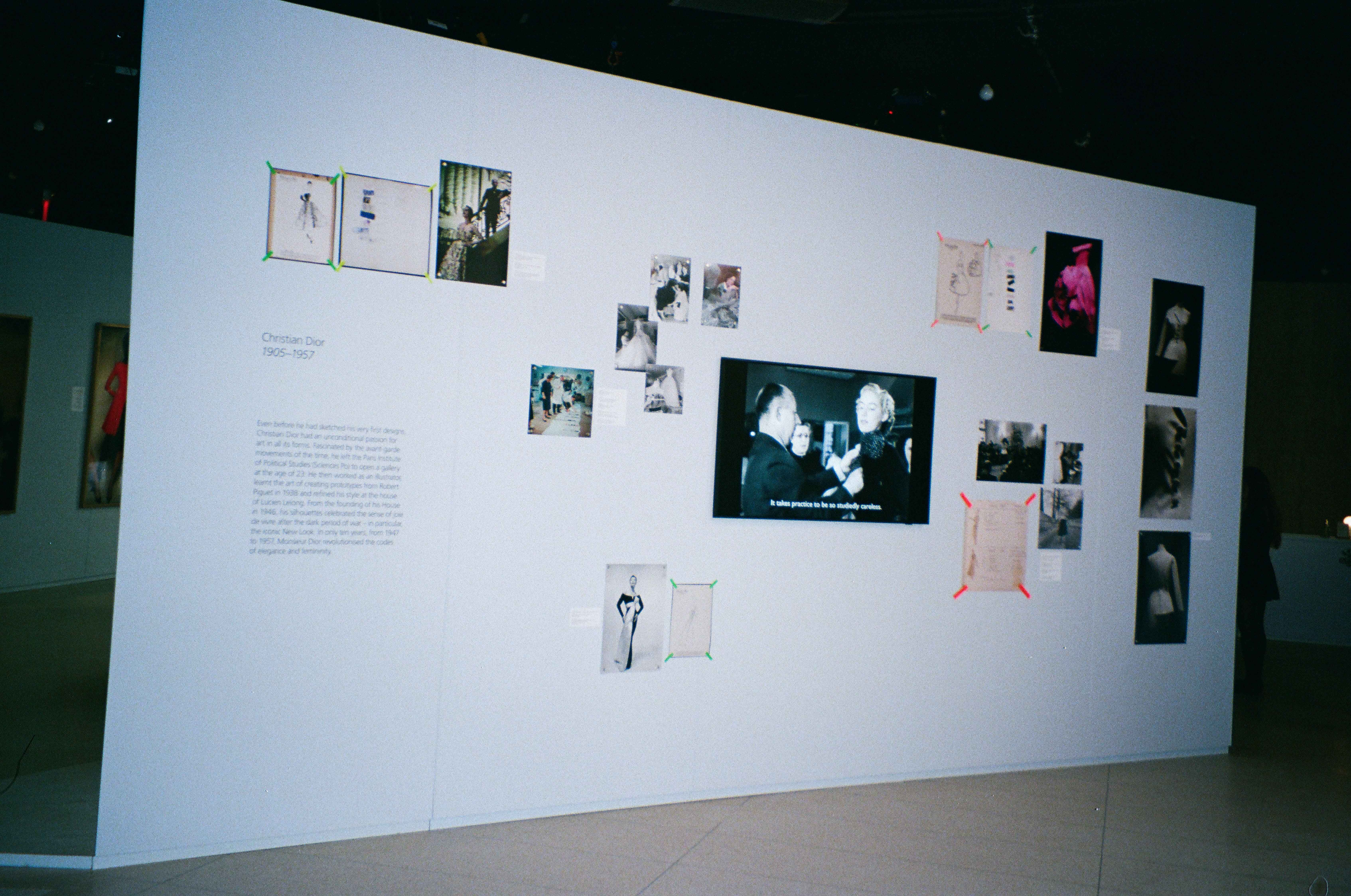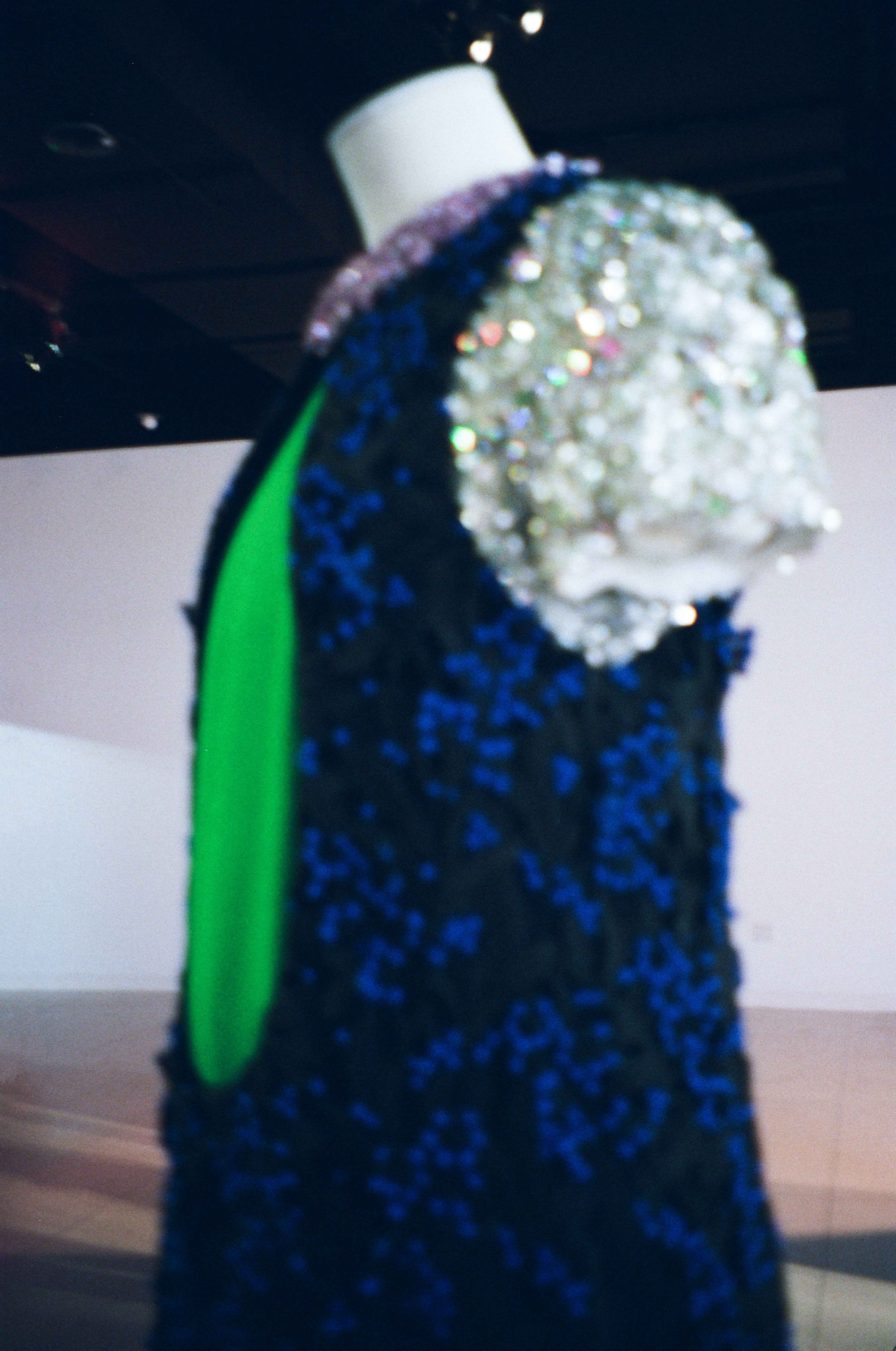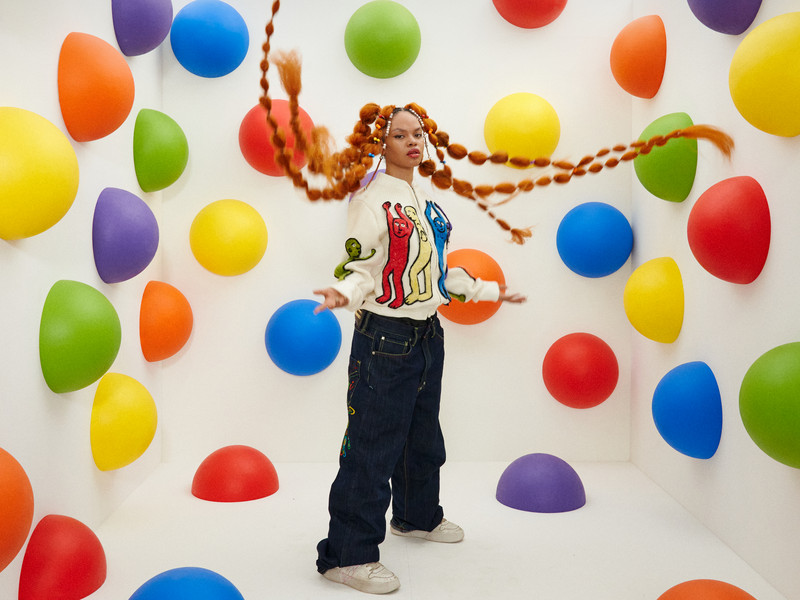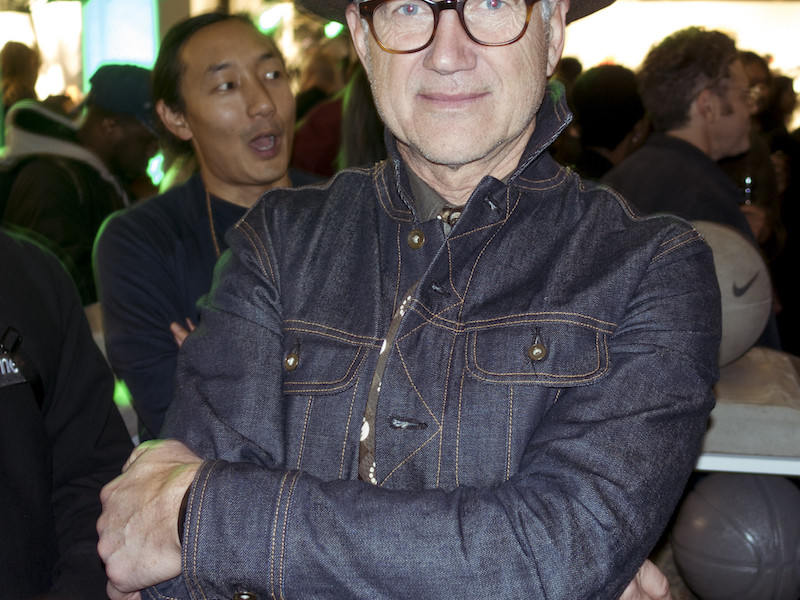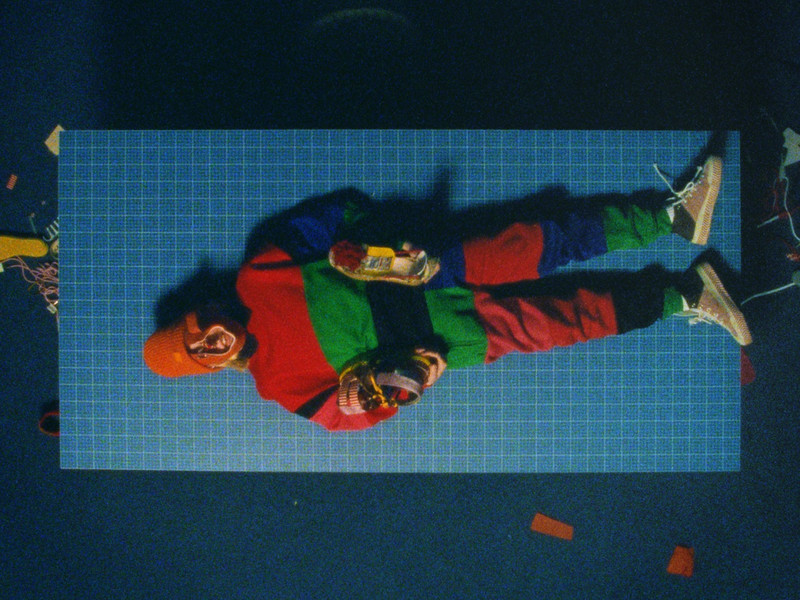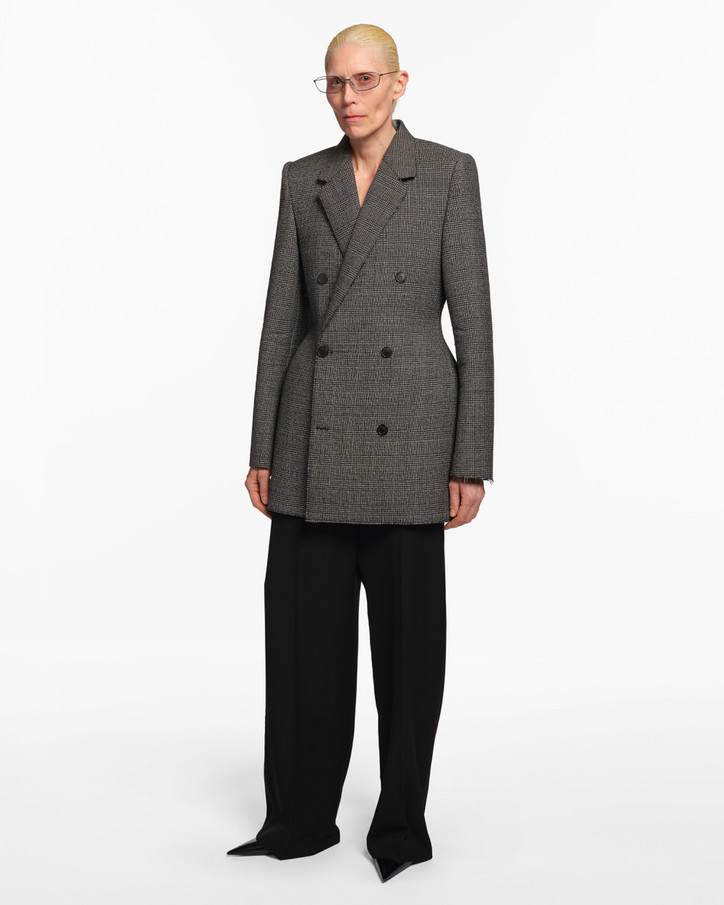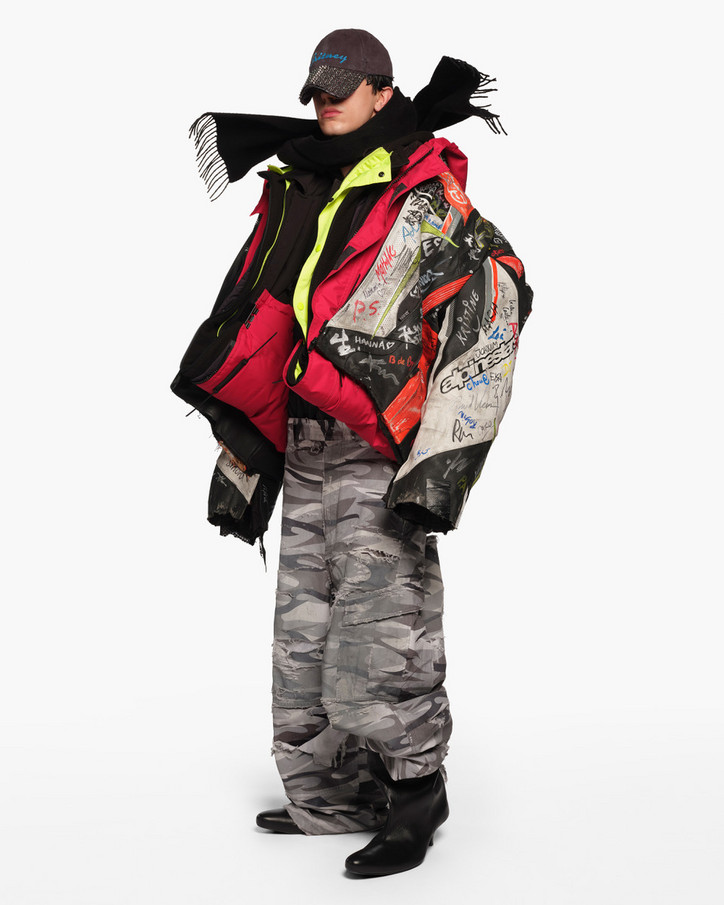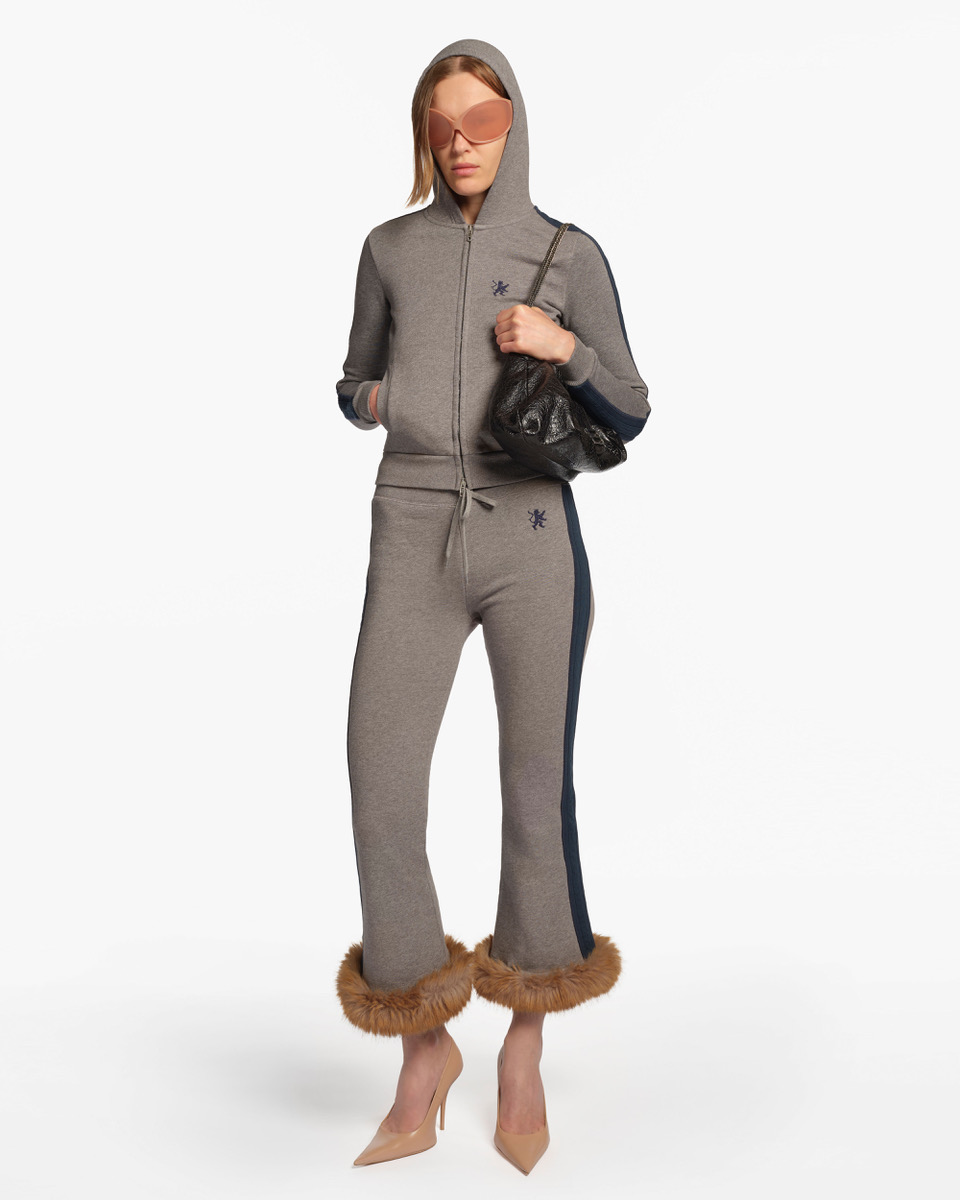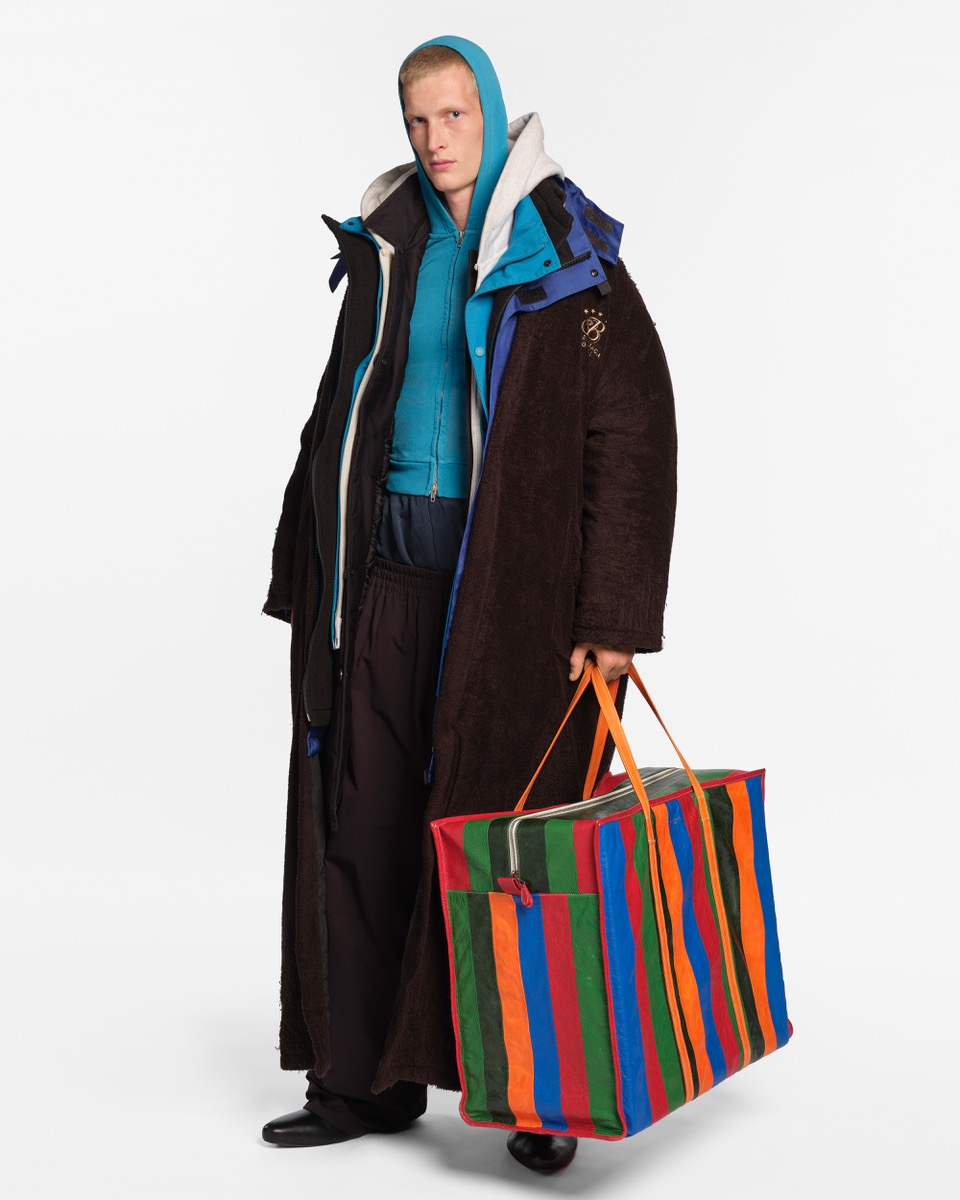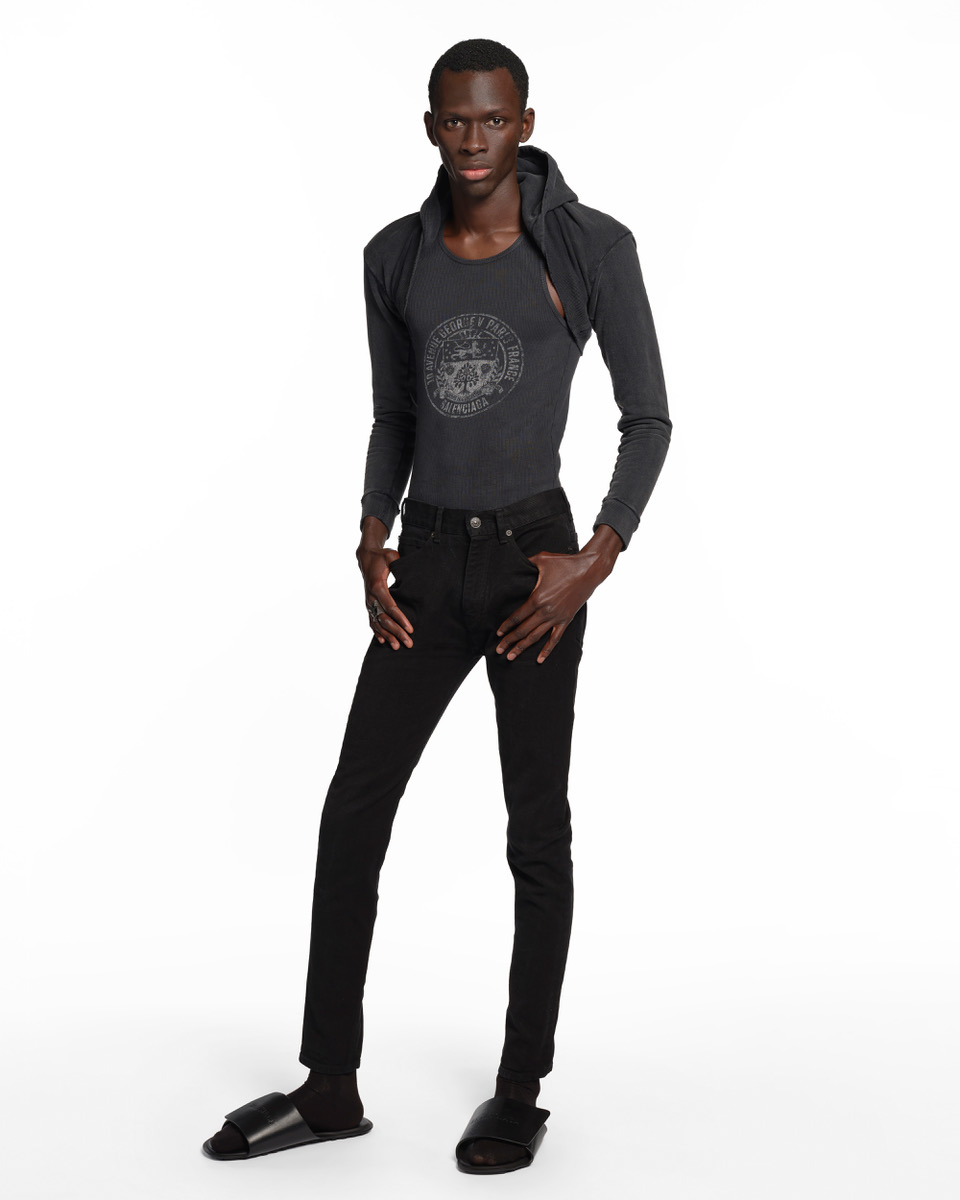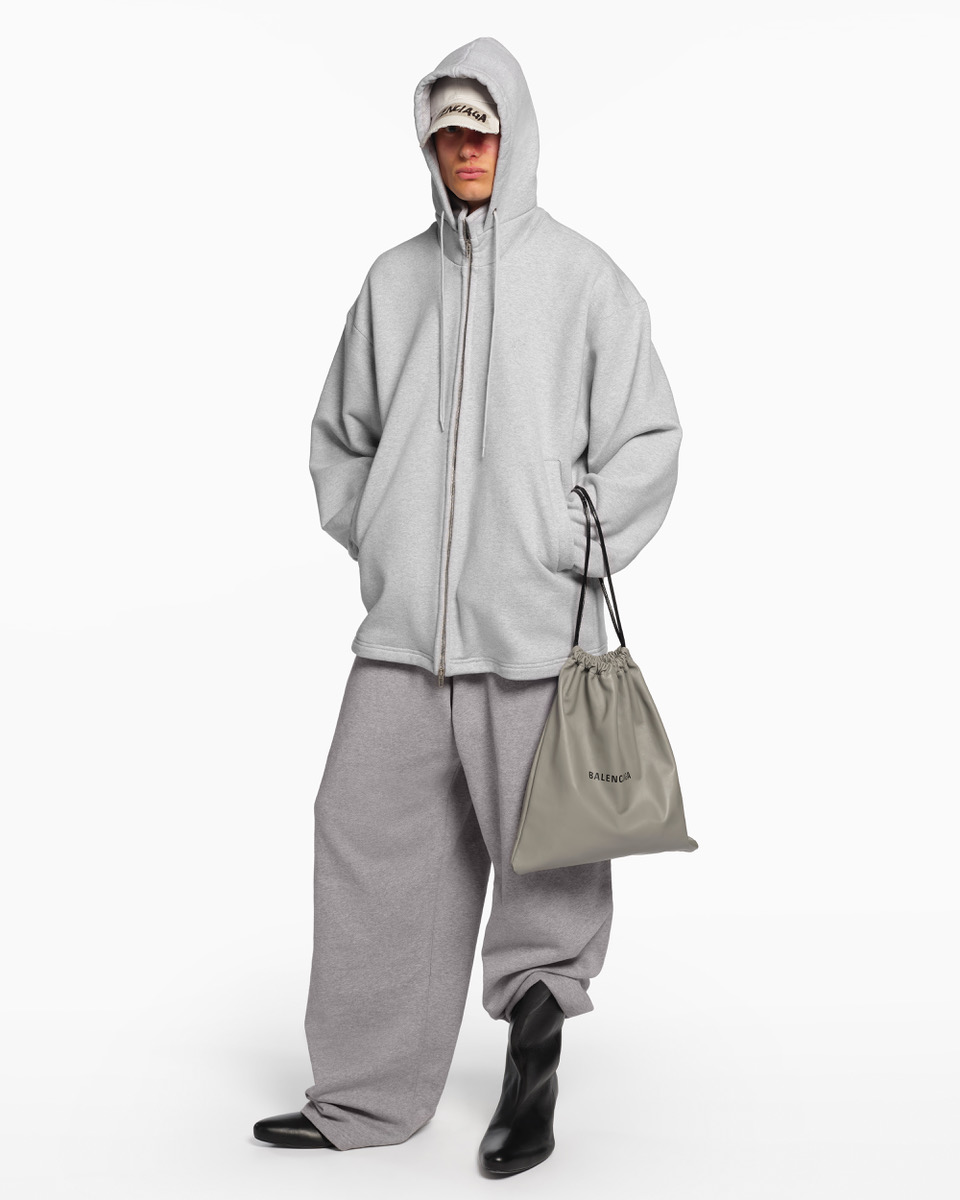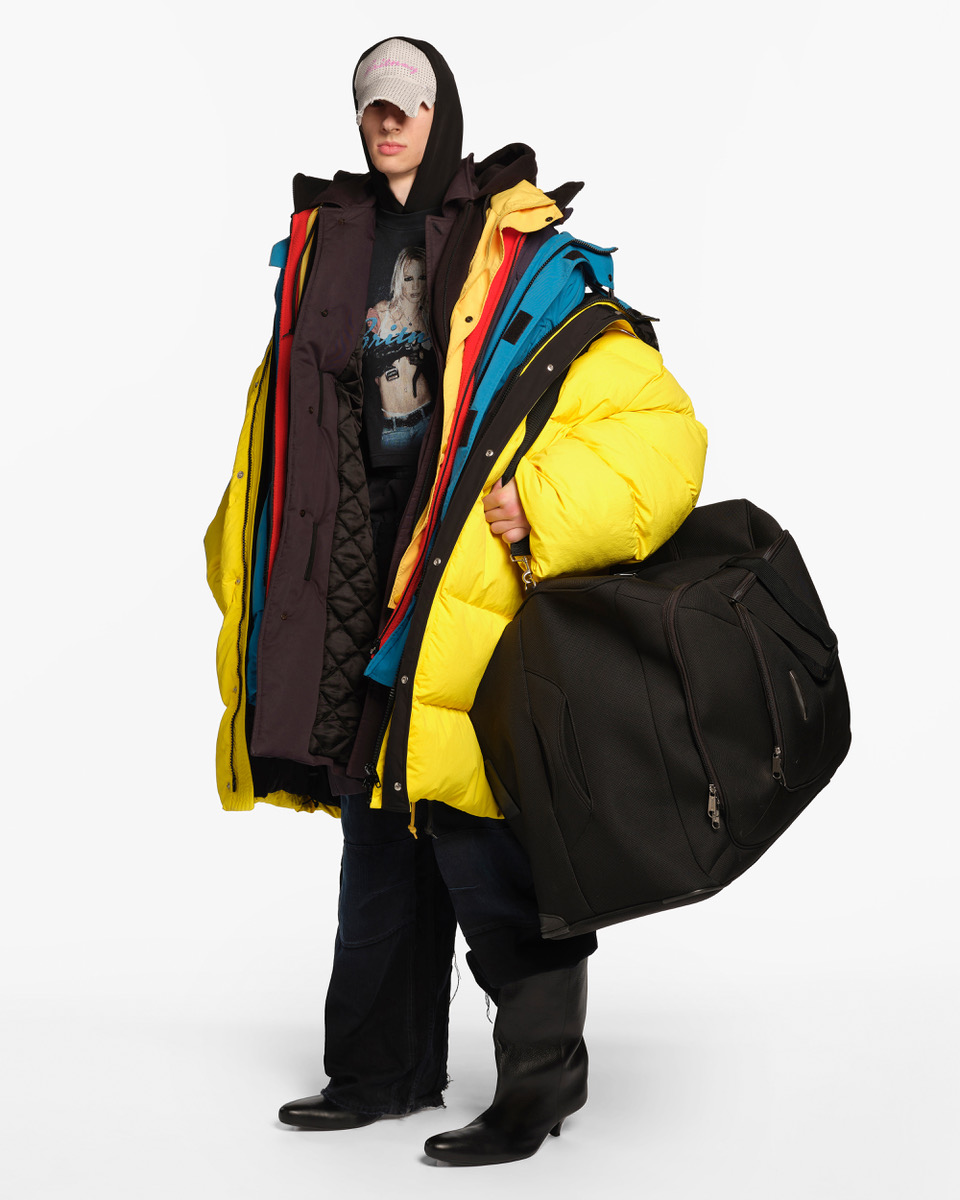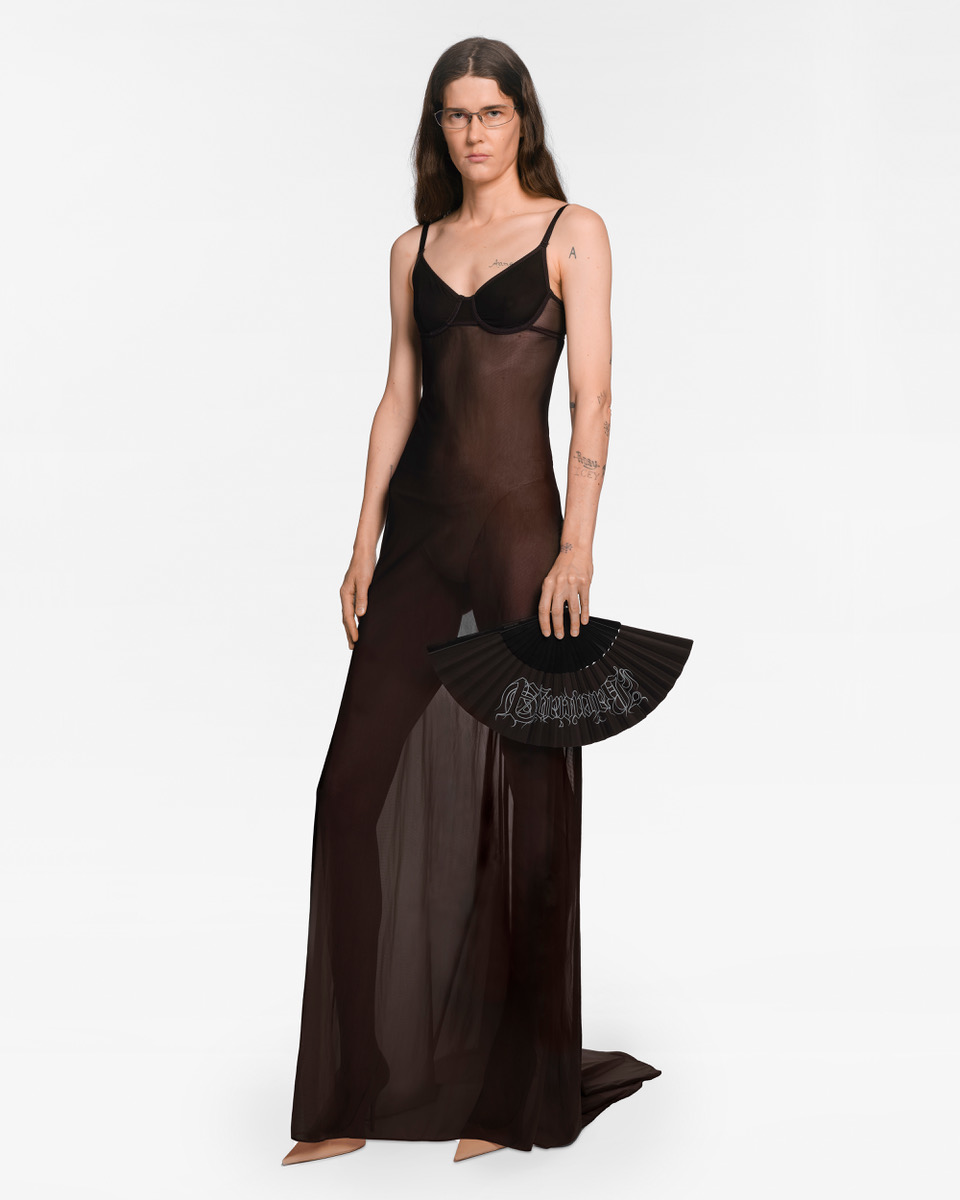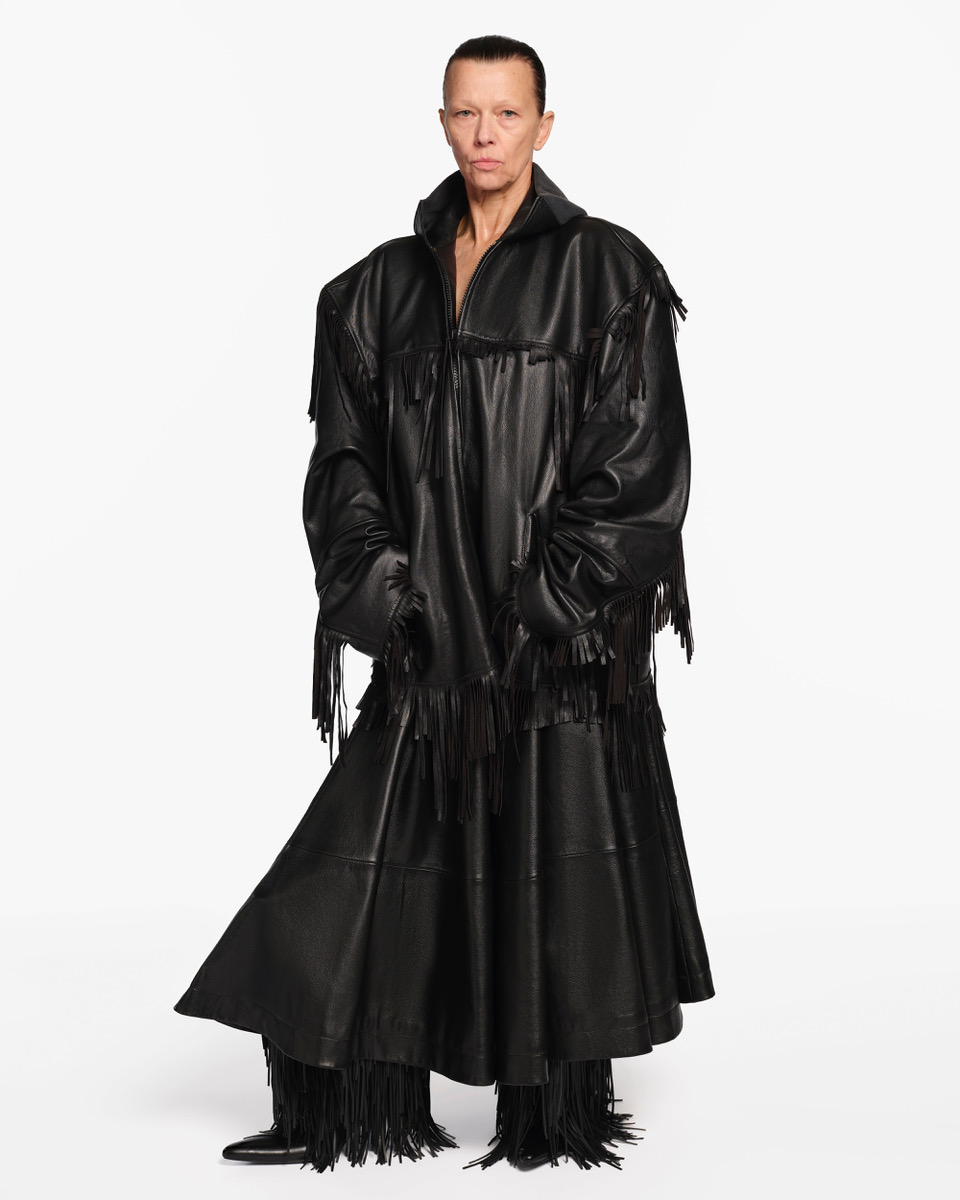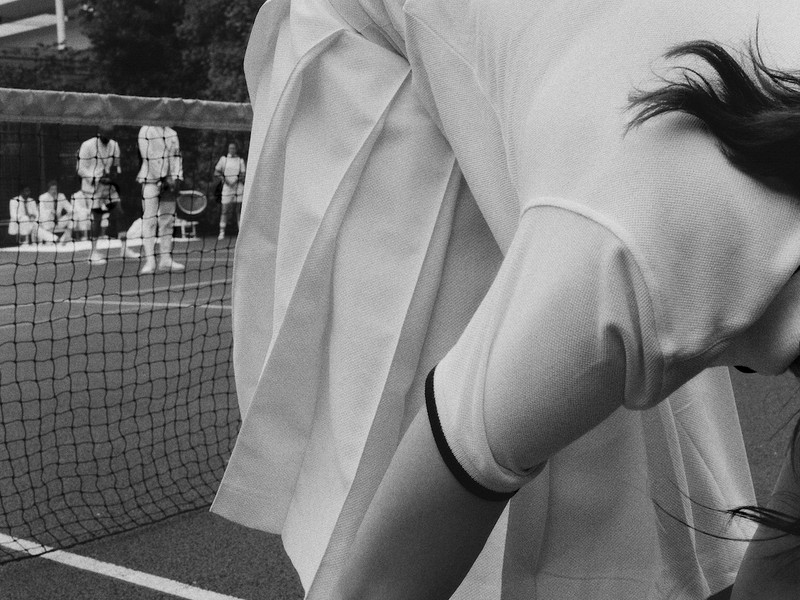Next Stop: Chinatown Market
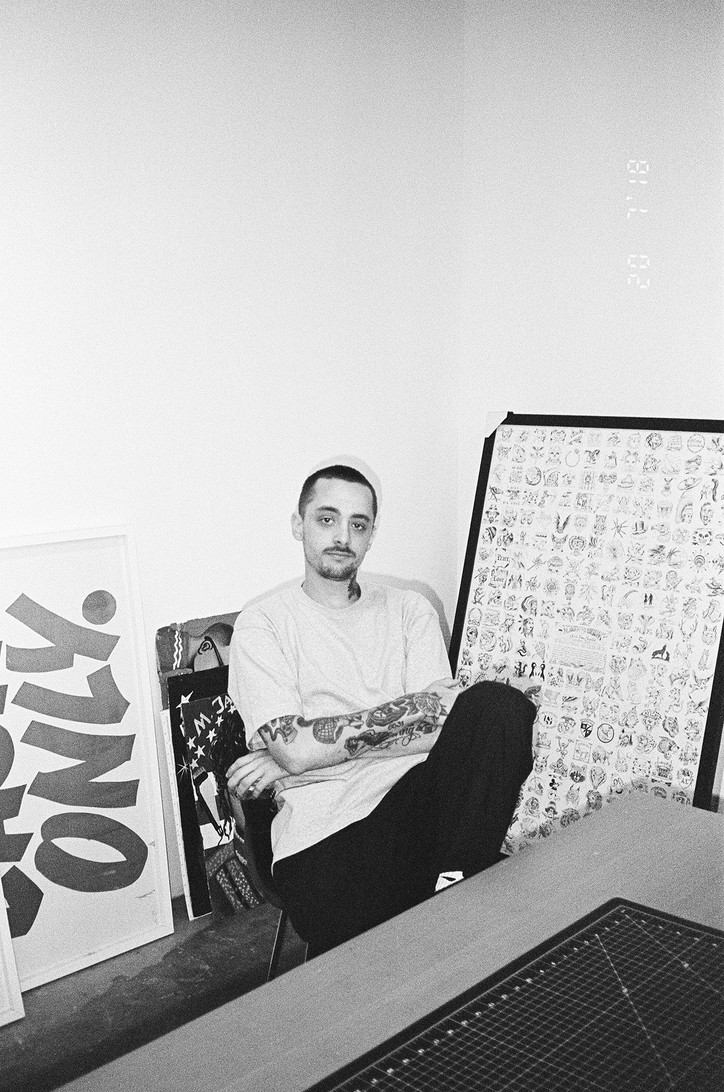
ICNY was a hit. But after four years, and a fight with his investors, he was left with nothing.
"It was absolutely horrible," says the designer about the end of his label. "But honestly, it ended up being lucky, because failing has had a lot to do with what I’m now successfully doing."
And that's Chinatown Market. With over 100K followers (and counting), the brand has become much more than just Cherman's creative outlet, spawning not only a group of rabid customers who buy everything he makes (and like I said, in under four minutes), but a real youth community.
"I’m not trying to run some sort of antisocial cool club that treats kids like idiots, and doesn’t respond to emails," he says. "I always want to be inclusive and make sure these kids feel like they’re part of something bigger—not like they want something, but can never get it."
How did Chinatown Market start?
It started two years ago, almost as a joke. We did a shirt that said Frank Ocean and had the Nike swoosh and people just loved it. So, we had this moment where we were like, ‘Shit. If you take all of these images from popular culture, people will eat it up.’ If you look at what’s happening today with reactionary streetwear—that’s really what we’re trying to do with this brand.

So, how did it go you from making a Frank Ocean shirt to having a real brand?
It’s really grown through the natural effect of having these young kids really involved with the brand, and with our marketing. It’s become a real community. I mean, six months ago these kids weren’t even thinking about working. Now, they’re really the creators of this brand. So, with Chinatown Market, it’s really been about changing the culture—and having fun doing it.
How do you describe the Chinatown Market aesthetic?
I like to call it fast streetwear—but not in a low brow way. While we do things quickly, we are reactionary with all our clothes. And we’re are also offering quality to these kids. I mean, I’m not selling them a piece of garbage, you know?
In the current industry, though, the term ‘fast fashion’ has such a negative connotation. How do you think you’re working against that?
I’m just embracing it. Why does every single small streetwear brand have to think, and be small, just because the brand is? Why can’t I play with the big boys and disrupt the industry by making people rethink how they approach streetwear? For us, it’s really about challenging the status quo, and this whole idea that a brand like mine can’t play in the same ring as someone like Nike. Because really, why not? I want to go after T.J.Maxx, Marshalls and WalMart. I want to be on Amazon. To me, it’s the connectivity of breaking the barrier between small and big.
You talk a lot about the kids that work for Chinatown Market. Do you see the brand as more of a community than just a streetwear label?
Exactly. And that’s the thing—it started off as me and one intern. Now, I have twelve kids in my office working for the brand. Two years ago I could hardly pay my own health insurance, and now, I have to worry about finding insurance for them. But it’s a lot more than that. I want to give these kids a platform where they can figure out what they like, and what they’re good at. I always tell them they have to learn how to make something before they can actually design it. Like, you can buy a computer and try to be a designer, but if you don’t understand how the idea goes from concept to creation—well, you’re missing the entire thing.
Streetwear is in a really funny space right now, between the underground and total mainstream fashion. I mean, you have brands like Balenciaga and Vetements selling $1,000 hoodies, while Supreme is dropping Louis Vuitton collabs.
Yeah, it’s totally funny, and that’s kind of where the novelty in all of this is for me. It’s almost like we’re satirizing the entire high fashion industry, and I’m having a lot of fun poking fun at it. But I think the only way to make change is from the inside, and that’s where I’m trying to get. I mean, we already sell stuff to Urban Outfitters. That stuff is all really cool, but really, we just want to keep making stuff that impacts our community.
But why do you think streetwear has gotten so popular the last few years?
It’s just the idea that people want anything they can’t have. But now, you can get almost anything, and anything you can’t get, you can make yourself.


Right. Bootleg culture. Obviously that’s something that’s been a big part of your brand—after all, your name is Chinatown Market.
Yeah, I moved to L.A., and just needed a little bit of New York nostalgia. But growing up, when I was working at places like Nike, I couldn’t actually afford any of the stuff I wanted to wear. So, I spent all of my time making these bootlegs. The first shirt we ever made was an “I Love New York” shirt that you could find pretty much anywhere on Canal Street. So, a lot of what we do are hommages to things, or brands that we like. But we also like to make stuff that feels like you could’ve found it at just another shop on the block, just with better graphics and execution.
What’s stopping people from creating bootleg Chinatown Market, then?
Here’s the thing: A lot of people can try, but they don’t understand how to actually get it done, or the importance of my process. I mean, anyone can have an idea and send it to the printer, but that’s going to take a lot longer than what I do. I know how to cut, print, fucking embroider—I can do almost any kind of application, and get it shipped within six hours.
What do you see for the brand going forward?
My goal is to always be authentically small. So, we have to continue to be agile, and online at 7AM, with shipping going out the next morning. If we can do that, we’ll be successful. So, it’s just about continuing to innovate and push out quick, creative ideas.

